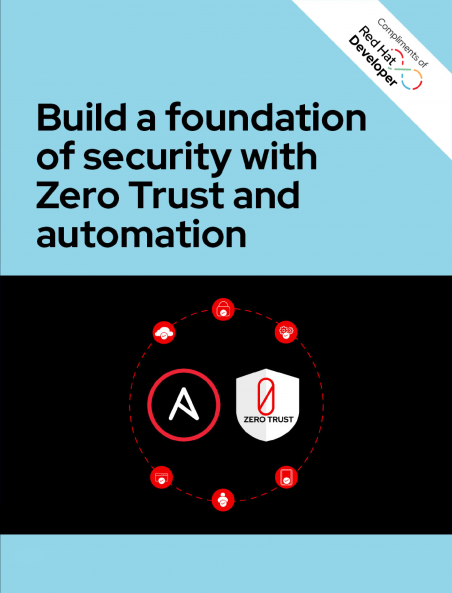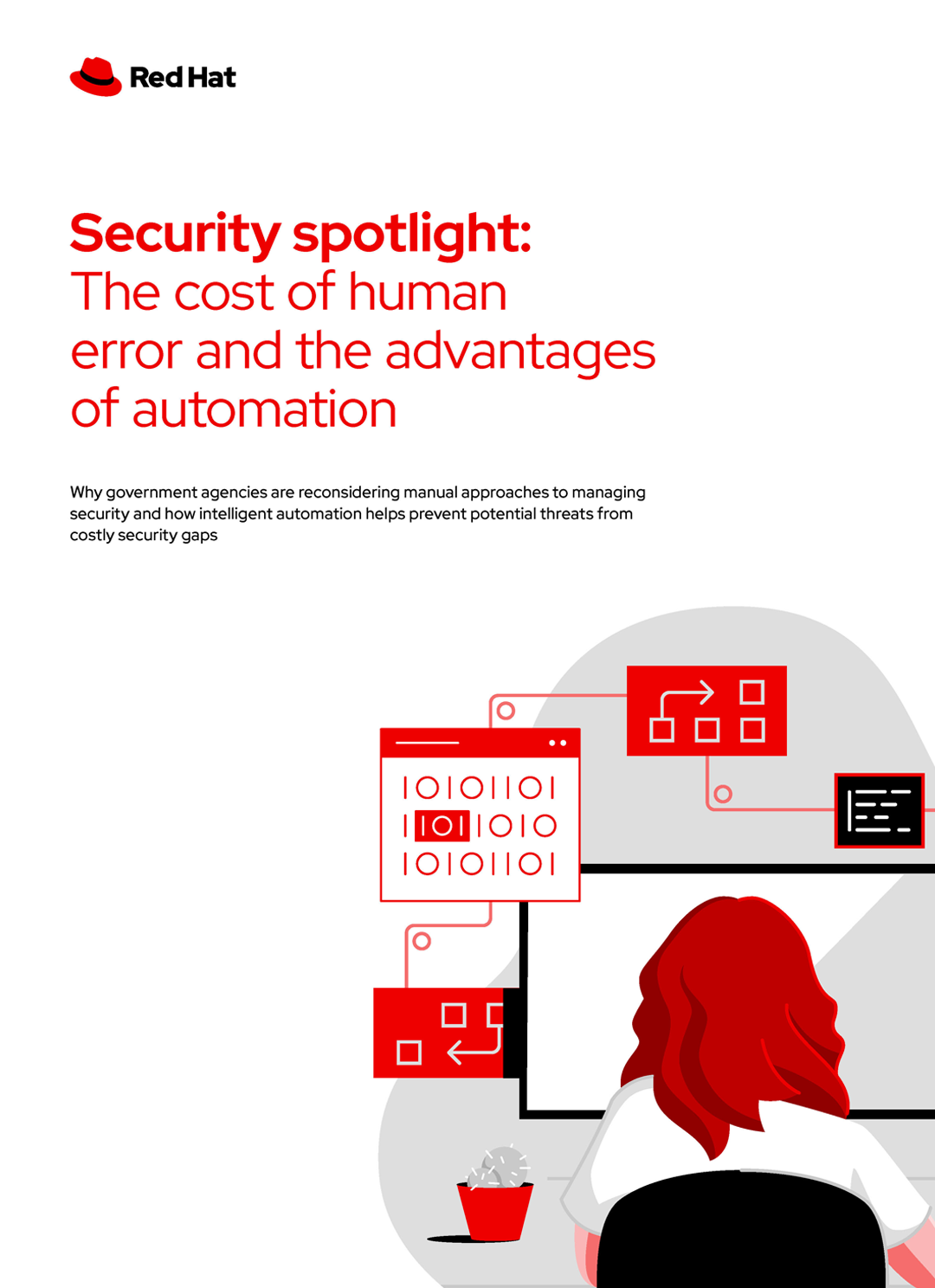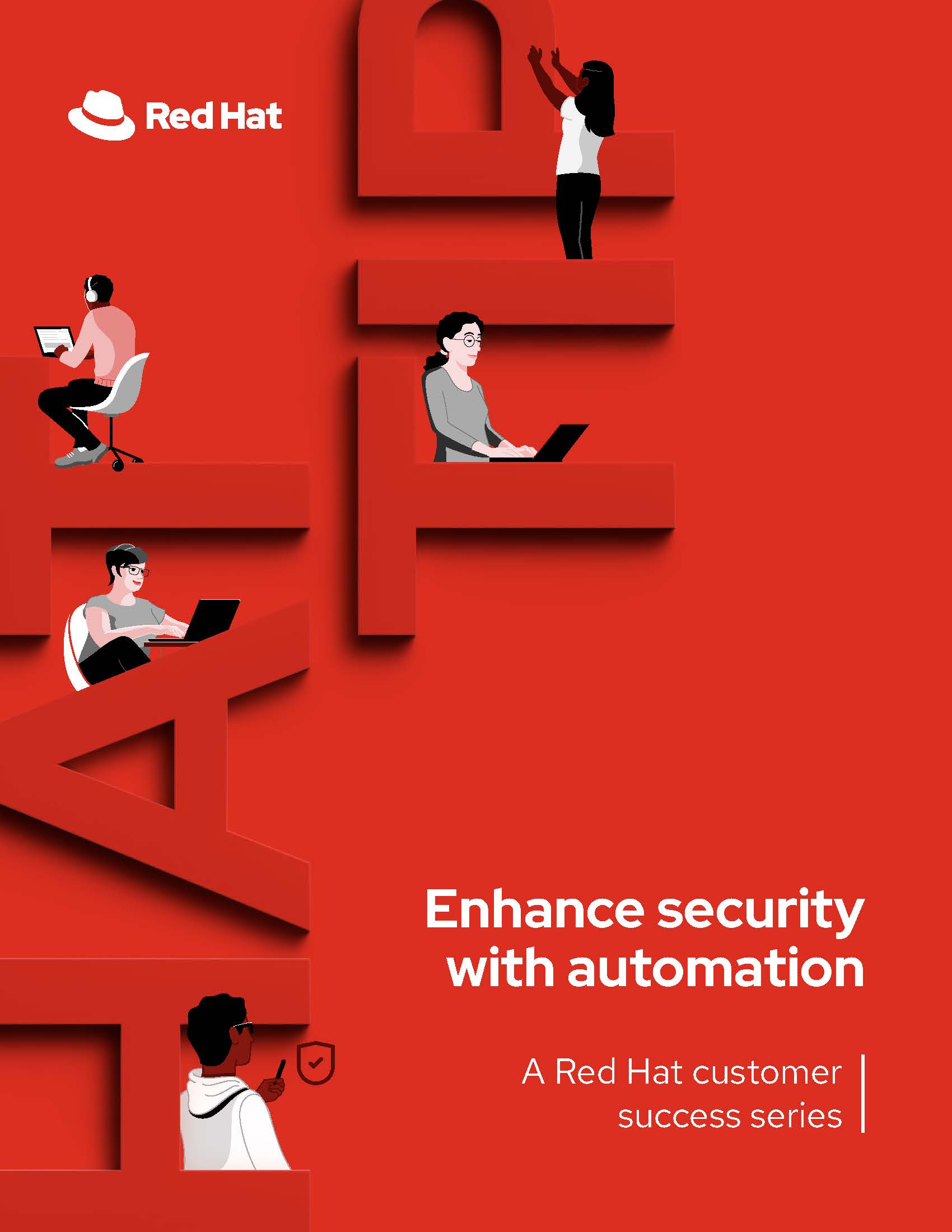

Build a foundation of security with Zero Trust and automation
Overview
The move to cloud-based solutions introduces numerous benefits for organizations—from cost savings to a significant reduction in physical document storage. But those benefits come with the cost of managing user, application, and infrastructure security for hundreds to thousands of users across legacy on-premise and cloud-based systems.
Zero Trust architecture demands that assets including devices, data, and applications are protected the same way wherever they exist. With growing threats and attack vectors, implementing Zero Trust across your organization is an imperative. Zero Trust principles start with making security a foundational component of all projects or implementing new infrastructure.
This book is for those who want to find out more about the Zero Trust model or want to learn more about how to automate it. You’ll learn:
- How to build a strong security foundation with Zero Trust architecture
- Where to get started with Zero Trust
- The benefits of scaling Zero Trust with automation
- Automating Zero Trust and more with Red Hat Ansible Automation Platform
Excerpt
The move to cloud-based solutions introduces numerous benefits for organizations—from cost savings to a significant reduction in physical document storage. But those benefits come with the ubiquitous cost of managing user, application, and infrastructure security for hundreds to thousands of users across legacy on-premise and cloud-based systems.
The combination of remote work and the move to the cloud have rendered the traditional VPN walled garden approach to security obsolete. In addition to employees connecting from more devices to more systems, the introduction of IoT and edge computing have exposed new potential attack vectors to cyber attackers.
Beyond the ways employees access systems, organizations have also scaled teams to manage disparate network and security systems. InfoSec, SysOps, NetOps, and other teams often work concurrently—and often independently from each other—to enforce security policies and respond to threats. Still, these teams often work separately, use different systems, and do not share common processes that affect their ability to coordinate a response. When it comes to security threats, every second counts in the response.
Another challenge driving cyberattack risks is that there is a lack of integration between the solutions powering and protecting organizational infrastructure. This creates additional roadblocks to efficient response to security incidents if the teams managing these solutions aren’t able to communicate efficiently.
These cyberattack risks have attracted attention beyond security leaders. Organizations and vendors have adapted to support regulations including the California Consumer Privacy Act (CCPA) and the European Union’s General Data Protection Regulation (GDPR). In 2021, the United States government recognized these threat increases with the introduction of the Executive Order on Improving the Nation’s Cybersecurity.
Addressing these threats requires organizations to have a security-first mindset across their policies, networks, and applications. Many organizations are looking to Zero Trust architecture as a way forward,including the U.S. federal government with its mandate to advance towards implementing Zero Trust architecture across their networks.
But implementing Zero Trust is only the beginning—especially in large organizations with multiple sites and a mix of on-premise, cloud, and edge systems. Scaling Zero Trust architecture requires enterprise-level automation. In this e-book you’ll learn how Red Hat® Ansible® Automation Platform is the right solution for your organization.



